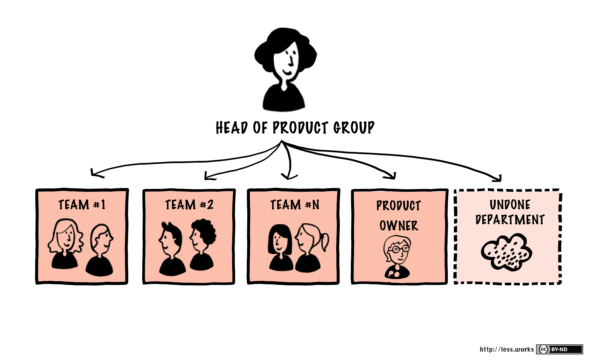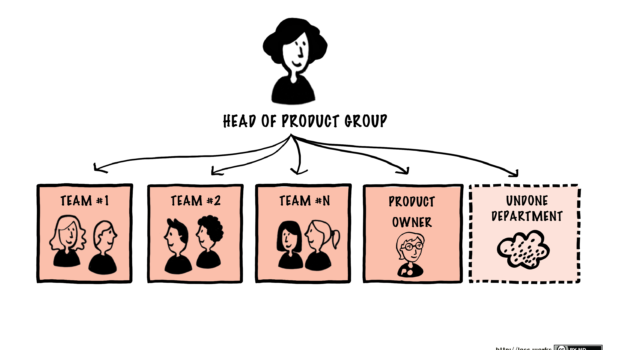A Step-by-Step Guide To Implementing Scrum in Organizations
Introduction
Scrum is a method comprising of guidelines used by people and organizations to address intricate problems by adapting to the ecosystem. With the help of a Scrum framework, people can deliver high-value products and at the same time solve the aforementioned resulting problems. Since its origin, scrum and its methods have often been hyped about.
However, making use of Scrum in an organization is not an easy task. It is not alike to other techniques which companies implement. It is a framework which is agile and alters quite often and requires people to adapt to those changes. Implementing Scrum into an organization that doesn’t want to change could be very deadly. Therefore, you must tread cautiously while implementing Scrum in an organization.
What is Scrum?
When people talk about Scrum, the audience usually pictures it to be a framework consisting of numerous changing roles, artifacts and events. Even when people go through The Scrum Guide, they feel the framework to be quite simple. Hence, they blatantly rush in to extract its potential advantages without prior research.
A lot of people perceive Scrum Master Certification. However, the scrum is more of a framework which is helpful in managing a process when compared to a methodology or a set of guidelines.
Characteristics which better describe Scrum are:
- Freedom – Scrum provides a platform for people to freely showcase their creativity. With the help of a Scrum Team, a self-organized unit can be created to manage itself while having the freedom to make decisions at the same time. Even when the tasks range out to the broadest of levels, the Scrum Team can adapt to the levels and solve them.
- Teamwork – With the help of the implementation of Scrum, people achieve their successes or failures as a whole. Scrum does not recognize any titles or division. It recognizes the Scrum team as a single body. Due to this, there is no hierarchy in a Scrum Team allowing the members together.

- A Team of Diverse Members – A lot of companies have the mindset of bringing together people who have a similar specialization. However, Scrum debunks this thought process. Scrum structure allows maximum value creation for the customer which is achieved through cross-functional teams who interact with the several units to become more effective.
The Roles Involved
In order to set up a Scrum framework up, there are some roles which should be assigned to your team members. These roles include:
- The Scrum Masters – The cater to the team by boosting processes and making sure that everything is running smoothly. Apart from this, the scrum masters also make sure that there are no interferences in the processes, either from internal or external sources.
- The Product Owner – The Product Owner is in charge of maximizing the product value. They are the ones who take care of the product backlog and make sure that the product backlogs are organized and prioritized.
- The Development Team – It is the development team which makes it all happen. They are the ones who give life to the product with the help of coding, testing, analyzing etc. Working around the clock, they ensure that the product is delivered in a timely manner. It is this team which is created as a diverse amalgamation of people who do everything necessary to produce a working software or the product.
Implementing Scrum In An Organization
Before implementing Scrum in your organization, there are various formalities which you should complete first. These include researching scrum, creating your team etc.
If you have completed these the required formalities and feel that you’re ready to go ahead with the implementation, follow the steps given below to implement Scrum into your organization without facing any hassles.
- Get The Product Backlog Ready – This is the primary step for Scrum implementation in your organization. In order to proceed, you should actively work with the Product Owner and the shareholders to create a product backlog, capable of delivering the maximum value according to the needs of your customers.
- Building The Team – Once you have the product backlog in place, get a team ready who will work closely to deliver a high-quality product. A team normally requires members comprising of people such as developers, testers, designers, analysts etc. Try to build a team which cross-functional as well as self-organizing in nature.
- Choose The Scrum Master – Once the team has been built, choose the person who will in charge of making the team function smoothly without any interruptions arising either from the exterior or the interior of the team.
Apart from this, the scrum master is also highly beneficial in encouraging the team and helping the members realize their complete potential. This increases the effectiveness and progresses the performance of the team. - Time-Boxing – Scrums include a term known as sprints. A sprint is a time-box or a time frame in which the team commits, prepares and delivers the products. Time-boxes can range from weeks to months, depending on the project on which they are working on. A time-box or a sprint begins when the team starts to work on the backlog items by developing, coding and testing etc.
- Beginning the Sprint – it begins with a planning session. Team members choose their tasks from the backlog and begin working with them. Each of them regroups for a quick meetup every day and talk about their progress.
- Retrospective – On the final day during which the closure process begins, the team gets together to demonstrate the product to the shareholders and the product owners. After this, the team gets together for a session known as retrospective where they inspect on their work functions and discuss ideas on how they could have worked to make their ideas better.
















